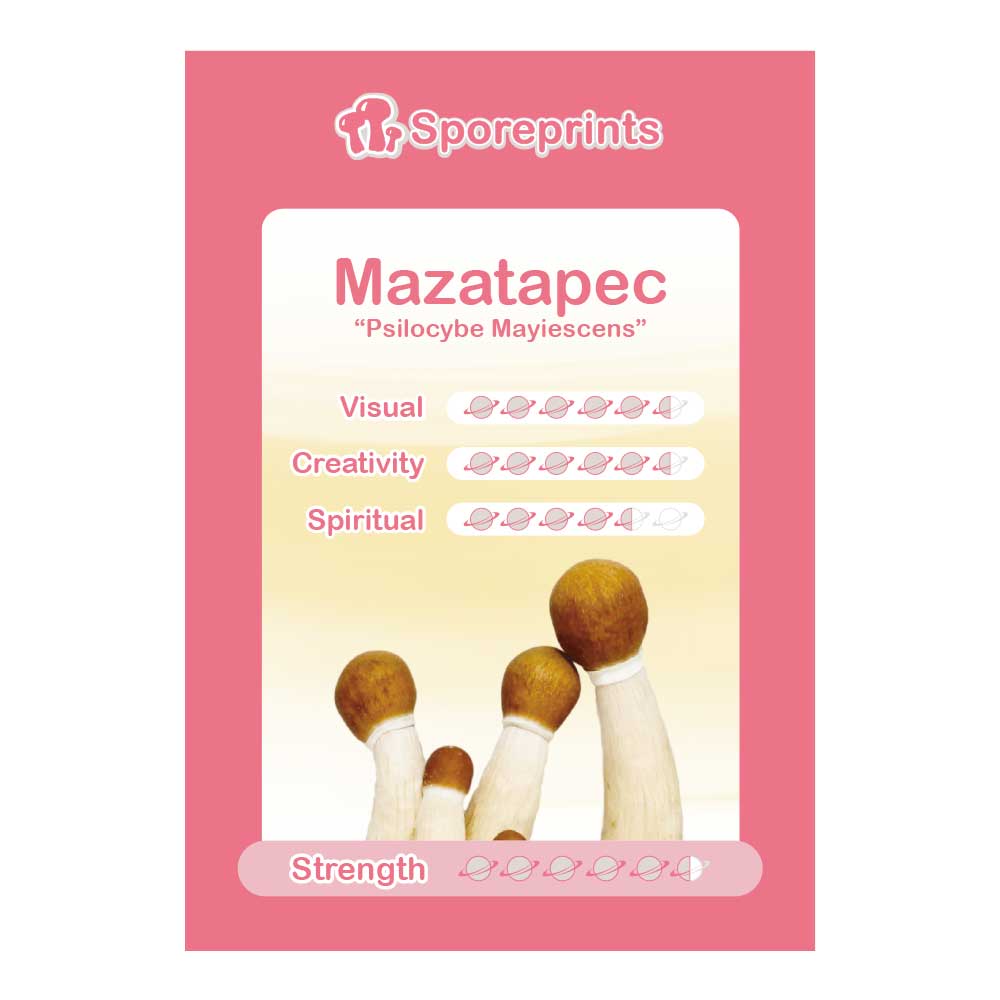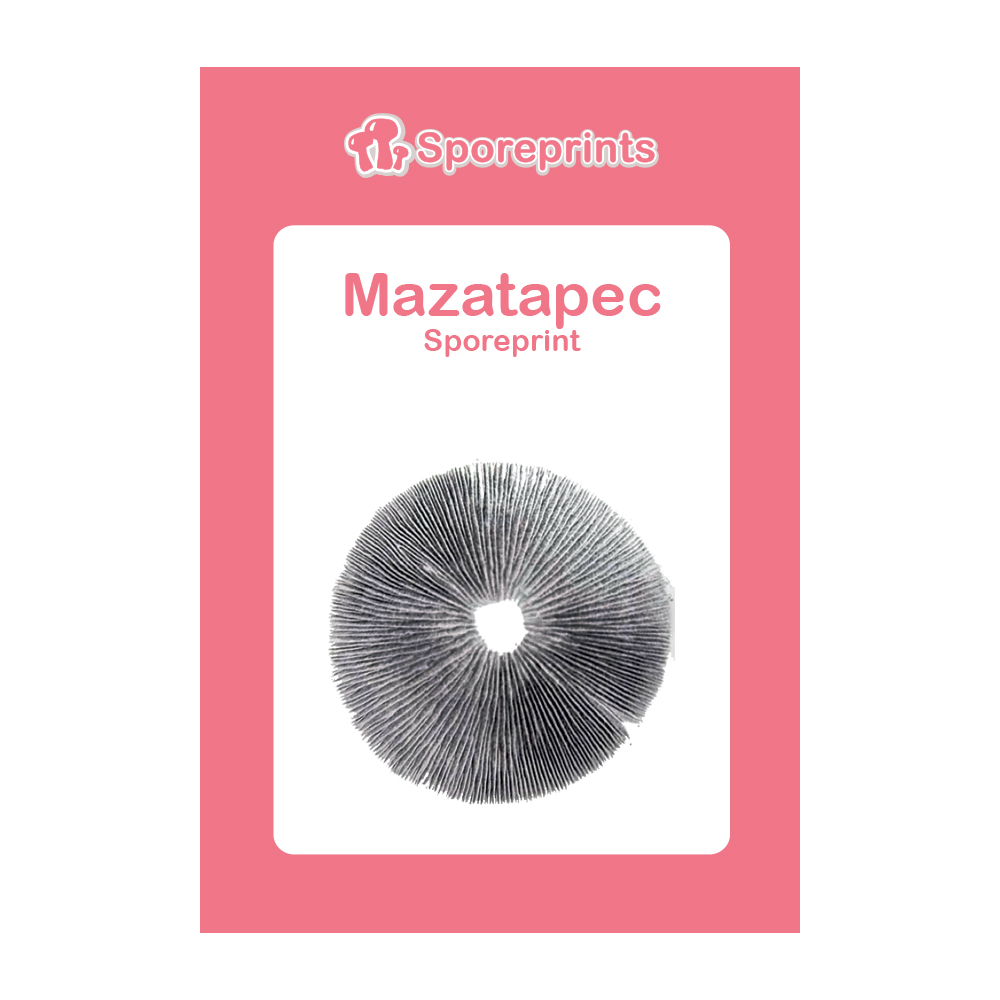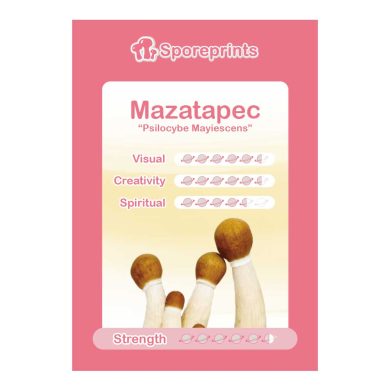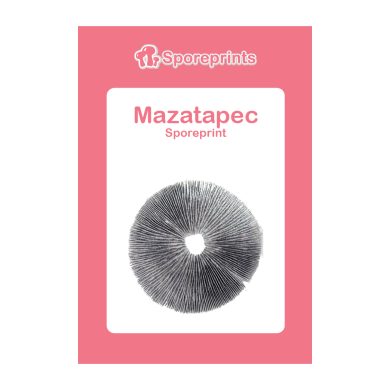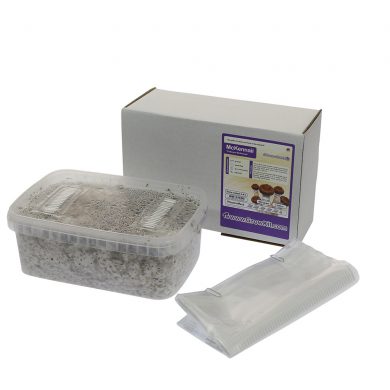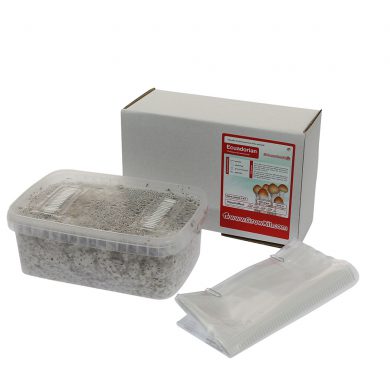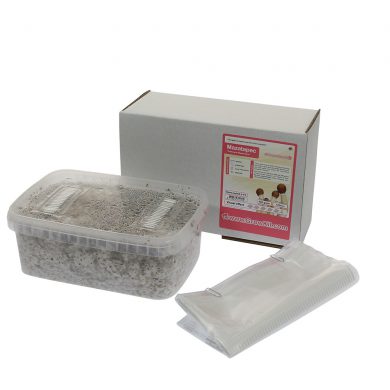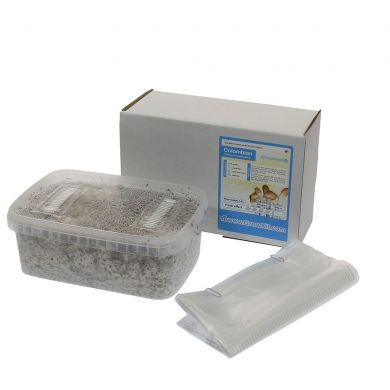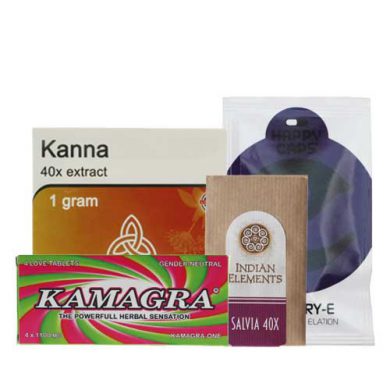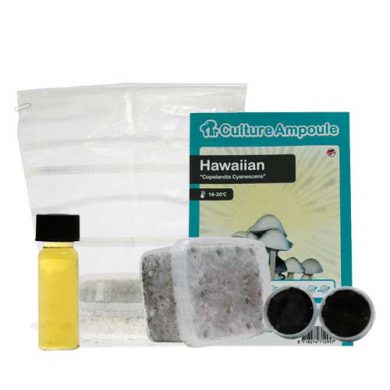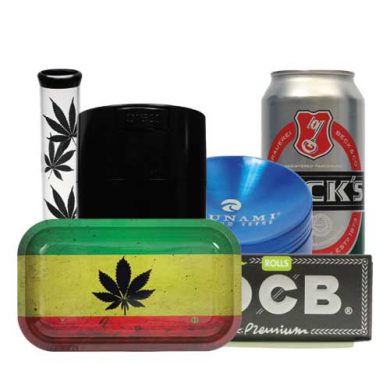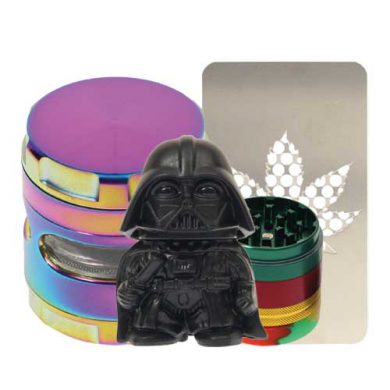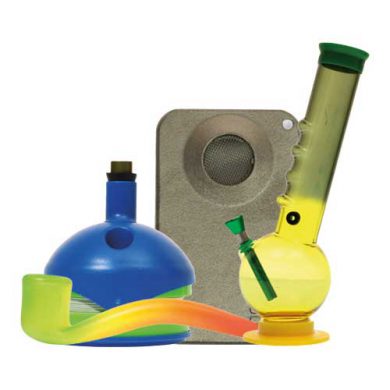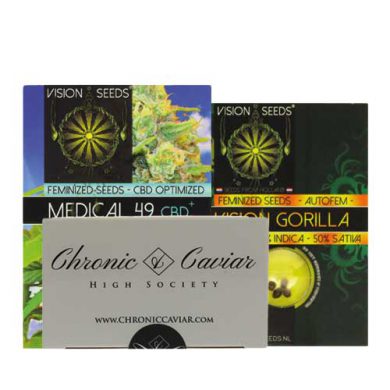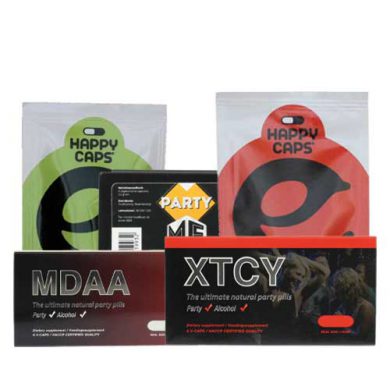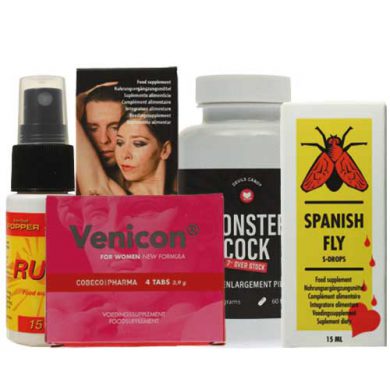What Are Mazatapec Sporeprints?
Mazatapec Sporeprints provide a fascinating entry point into the world of magic mushroom cultivation. These sporeprints contain the genetic foundation of Mazatapec mushrooms, a strain renowned for its unique characteristics and historical significance in indigenous rituals. A sporeprint is a collection of spores carefully deposited on a sterile surface, allowing enthusiasts to cultivate and study these remarkable fungi.
Sporeprints are not just a tool for growing mushrooms—they also offer a deeper understanding of the natural processes behind fungal development. With Mazatapec Sporeprints, you can explore the intricate patterns of nature and delve into the mysteries of mycology. They are ideal for those passionate about nature, science, or the psychedelic arts.
The History of Mazatapec Mushrooms
The origins of Mazatapec mushrooms can be traced to the Mazatec people of Mexico, who used these fungi in sacred ceremonies. The name “Mazatapec” honors this cultural heritage, reflecting the identity of the Mazatec people alongside the mushroom’s distinct qualities. For centuries, these mushrooms played a vital role in spiritual practices, helping individuals achieve heightened states of consciousness.
In modern times, the rediscovery of Mazatapec mushrooms has sparked renewed interest in their study and cultivation. Sporeprints allow enthusiasts to connect with this rich history, preserving the legacy of these extraordinary fungi while exploring their scientific and cultural significance.
How to Use Mazatapec Sporeprints
Step 1: Prepare the Petri Dish
Begin with a sterile Petri dish filled with agar, a nutrient-rich growth medium. You can prepare the agar yourself or purchase it pre-made. Be sure to handle the dish in a sterile environment to avoid contamination.
Step 2: Add the Spores
If using spore liquid, extract it with a sterile syringe. Alternatively, if you’re working with a sporeprint, gently scrape spores from the print onto the surface of the agar.
Step 3: Incubate the Spores
Seal the Petri dish and place it in a controlled environment where the spores can develop into mycelium. The incubation period can range from several days to weeks, depending on the environmental conditions and the type of fungus.
Step 4: Purify the Mycelium
Once the mycelium covers a significant portion of the agar surface, select a healthy piece for further cultivation.
Step 5: Transfer the Mycelium
Using a sterile scalpel, cut a small section of mycelium (approximately 6 x 6 mm). This piece will serve as the starter for a new, clean culture.
Step 6: Inoculate a New Growth Medium
Transfer the cut mycelium to a fresh medium, such as another Petri dish with agar or another suitable substrate. Ensure all materials are handled in sterile conditions to ensure success.
Cultivating Mazatapec mushrooms requires patience and precision, but the process offers rewarding insights into the fascinating world of fungi. Each step provides a deeper appreciation for mycology and the lifecycle of mushrooms.
The Components of Mazatapec Sporeprints
Each Mazatapec Sporeprint contains millions of spores, carefully collected and preserved on a sterile surface to maintain purity. These spores carry the genetic material necessary for cultivating Mazatapec mushrooms.
Microscopic in size, the spores serve as the foundation for developing a robust mycelium network—a crucial step in successful mushroom cultivation. With proper handling and care, Mazatapec Sporeprints provide the perfect starting point for exploring the captivating lifecycle of fungi.
Warning
Mazatapec mushrooms contain psilocybin and psilocin, psychoactive compounds known to induce altered states of consciousness, including hallucinations. Always handle and consume these substances responsibly. Keep them out of reach of children and store them in a secure location.
